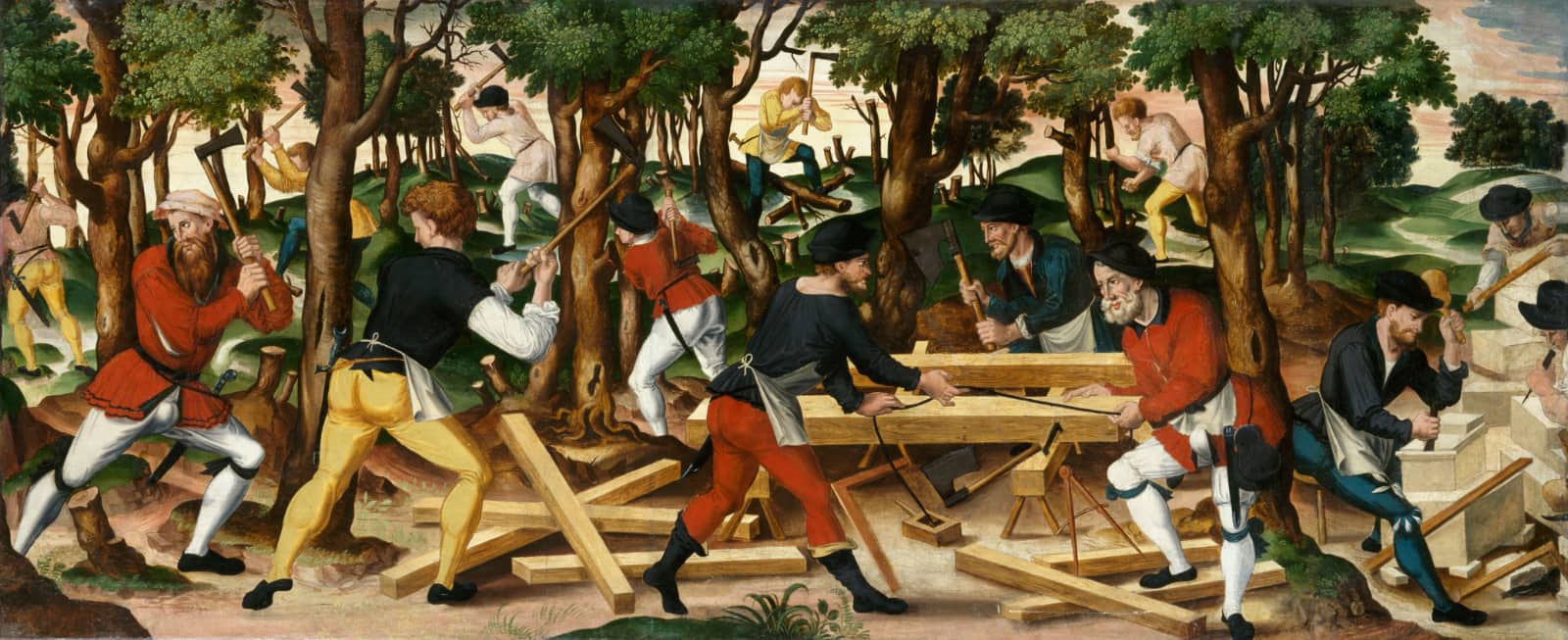A Forest Sense
Downloads
DOI:
https://doi.org/10.47982/spool.2025.1.01Keywords:
Forest space, immersive experience, immateriality, landscape architecture, materiality, phenomenology, urban forestry, woodland clearingAbstract
Wildwood Plaza (Robin Winogrond, 2013) reclaims a tiny, residual forest fragment on the city’s edge, transforming it into a recreational space with the power to act as catalyst of the forest imagination. Due to the unique characteristics of forests our imagination has the ability to transform even the most mundane woods into a moving experience. Wildwood Plaza searches to reinterpret these characteristics to become not only rational recreational spaces, but ones in which the immersive, poetic character dominates the experience. The innovation of the project lies in the new interpretation of functional woodland clearings. The design language is one of reduction and simplicity. Not the forest has been designed but its void, the silence of the space has been given character, thus opening up the landscape qualities of the seemingly valueless forest fragment to the urban perception.
How to Cite
Published
References
Fowles, J. (2010). The Tree. Ecco Press. (Reprinted from HarperCollins books, 1979).
Irwin, R. (1980). Being and Circumstance. Notes Toward a Conditional Art. Lapis Press in conjunction with Pace gallery and San Francisco Museum of Modern Art
Wees, W. C. (1992). Light Moving in Time: Studies in the Visual Aesthetics of Avant-Garde Film. University of California Press. DOI: https://doi.org/10.1525/9780520408623
Weschler, L., Irwin, R. (ed.) (1982). Seeing Is Forgetting the Name of the Thing One Sees. University of California Press.
Wulf, Andrea (2015). The Invention of Nature. John Murray.





